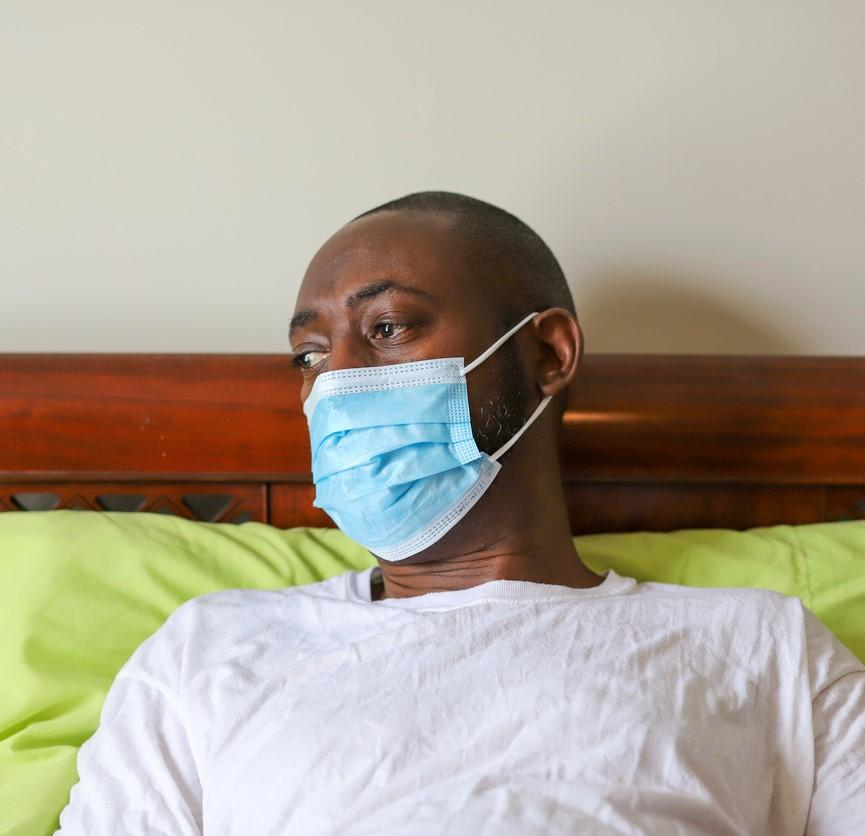A study of 389,000 US veterans published last week in JAMA Network Open finds that 5% reported symptoms up to 1 year after COVID-19 infection during the Omicron variant era and that vaccination was protective.
The retrospective study, led by researchers from the Veterans Affairs (VA) Puget Sound Health Care System, involved 388,980 veterans who tested positive for COVID-19 from October 2021 to January 2023 and 350 randomly selected peers who had a long-COVID diagnosis in their medical records.
The researchers used the International Statistical Classification of Diseases Tenth Revision (ICD-10) code U09.9 for long COVID to identify patients and determine rates, risk factors, clinical settings, and symptoms associated with this condition.
The average patient age was 61.4 years, 87.3% were men, 0.8% were American Indian or Alaska Native, 1.0% were Native Hawaiian or other Pacific Islander, 1.4% were Asian, 9.3% were Hispanic, 20.7% were Black, and 67.8% were White.
Older age, poorer baseline health increased risk
Six months postinfection, the cumulative incidence of long COVID was 4.79% (95% confidence interval [CI], 4.73% to 4.87%), rising to 5.28% (95% CI, 5.21% to 5.36%) at 1 year.
Independent risk factors were older age (linearly associated with long COVID), female sex (adjusted hazard ratio [AHR], 1.23), Hispanic ethnicity (AHR, 1.33), high burden of underlying illnesses (eg, chronic obstructive pulmonary disease, diabetes, chronic kidney disease, depression, posttraumatic stress disorder), need for hospitalization (AHR, 2.83) or mechanical ventilation (AHR, 2.83), and baseline prescription of opioids and antidepressants.
Of the 350 patients whose medical records were systematically reviewed, 64.9% had new-onset symptoms considered COVID-related that lasted 30 or more days.
Completion of a primary COVID-19 vaccine series (AHR, 0.80), receipt of a booster dose (AHR, 0.66), Black vs White race (AHR, 0.72), and urban vs rural residence (AHR, 0.90) were linked to reduced odds of long COVID.
Of the 350 patients whose medical records were systematically reviewed, 64.9% had new-onset symptoms considered COVID-related that lasted 30 or more days. The most common symptoms were shortness of breath (37.1%), fatigue or exhaustion (22.3%), cough (18.0%), impaired cognitive function (6.3%), and change in smell and/or taste (5.7%).
Wide variation by region, facility
Rates of long-COVID diagnoses varied substantially by region and facility, which the authors said could be due to several factors, including patients who sought care at long-COVID clinics, where clinicians would have been more familiar with the ICD-10 code. Other factors could include the establishment of phone-based screening of all COVID-19 patients for lingering symptoms at two centers, regional awareness, education, cultural and political influences, and regional variation in long-COVID risk factors.
"Accurate and consistent documentation of U09.9 is needed to maximize its utility in tracking patients for clinical care and research," the study authors wrote. "Future studies should examine the long-term trajectory of individuals with U09.9 documentation."
Healthcare providers should recommend primary and booster vaccination to patients to lower their risk of long COVID, they added.




















